Tradition: Nair Weddings in Kerala
Malyalee Nair weddings in Kerala are simple and brief. They have very few rituals and far lesser religious compulsions. A traditional Nair wedding takes place in a nearby temple, the bride’s residence or in a convention center convenient for both parties.
Pre-Wedding Ceremonies
Muhurtham: The parents of the girl and boy exchange horoscopes. And if the horoscopes match, the families choose an auspicious date or muhurtham after consulting with the family astrologer.
Nischayam or the engagement ceremony: This ceremony is to announce, share and celebrate the joyful event of the confirmation of marriage. The compared and approved horoscopes are exchanged during this ceremony. During the celebration, there may be a mothiram maattal (ring exchange) ceremony. The families exchnage gifts.
Pre-nuptial blessing of the bride: This function takes place at the bride’s residence on the previous day of the Nair wedding. Only her close family members and relatives attend this fucntion. It often involves a grand fest. The bride wears fine jewellery and silk saree. She is then made to sit facing the east. Elders give her their blessings. A similar function is organized by the groom’s family in his house.
Mehendi Ceremony: This ceremony takes place at the bride’s house where the bride’s aunts apply mehendi on her hands. This is a very celebrated ceremony.
Nair Wedding Rituals
The most preferred destination to conduct Malayalee Nair weddings is the ancestral house of the bride. However, today, it is more of a matter of convinience. So, many families opt for convention centers or temples.
Dakshina Kodukkal: Both the bride and bridegroom receive the blessings of elders by giving “Dakshina,” and then, touching their feet. This ceremony takes place at their respective homes. Thereafter, the parties leave to the wedding venue.

There are rules regarding the decoration of the kalyana mandap. The sacred arrangements have certain meanings in Hindu customs. Hence, their placement is important.
Kanyadaan
The bride’s famly welcomes the bridegroom to the venue. The bride’s brother washes the groom’s legs and invites him to the dias. The bridegroom is usually escorted in a ceremonious manner to the kalyana mandap by a group of girls carrying deepams (diyas). He then sits on a wooden plank on the right side of a canopy, decorated with flowers, fabric, palm fronds and banana stalks. The bride is escorted by her aunt to the mandapam. Once she sits next to the groom, the ‘nadaswaram’ plays in the background.
At the auspicious moment, the family priest performs the nuptial ceremony by chanting vedic mantras. The couple walks around the fire, after which the groom’s father gives him the mangalsuthra which he ties around the bride’s neck. This ritual is called the “tallikettu.”
Pudamuri
The bridegroom gifts the bride a sari and a blouse on a platter, conveying to her that he will now assume the responsibility of providing for her life. This ritual is called “Pudamuri.”
The couple exchange garlands accepting each other as life partners. The bride’s father places her right hand in the right hand of the bridegroom, symbolically transferring the responsibility of taking care of his daughter, in holy matrimony. Then, older relatives bless and escort them to another room. The guests too follow and bless them with gifts.
A typical meal in Kerala Nair weddings is the sadhya. Sadhya consists of 25 items, served on plantain leaves. Rice, three varieties of pickle, curries and sweets, avial, toran, olan, kalam, pacchari, payasam, pappads and finally, the desert – paladaa prathaman or chaka prathaman, are a part of the elaborate meal.
Post Nair Wedding Ceremony
Grihapravesh: At an appointed auspicious time, the bride proceeds to her new home. She takes the blessings of her parents and all elders present at the venue. As she reaches her new house, the women take ‘aarthi’ to cast off evil eye. The bride holds a traditional lamp in her hand and is asked to enter the house with her right foot. The entire house is bright with lamps all over the house. People consider this to be a good omen as the couple starts their life together. This Nair wedding ceremony is called ‘kudivep.’ The in-laws give the bride jewels and gifts.
For conducting traditional Nair weddings and to know more about their traditions, contact: http://tamarindweddings.com/index.html

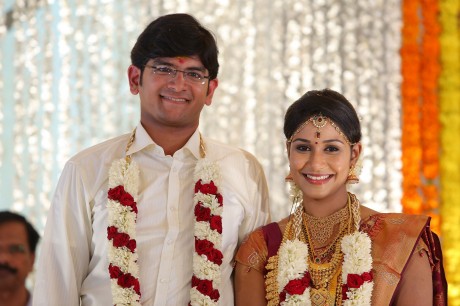

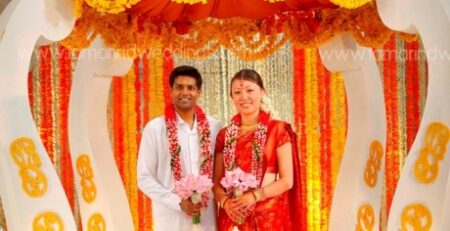
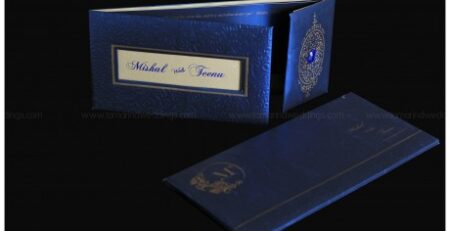


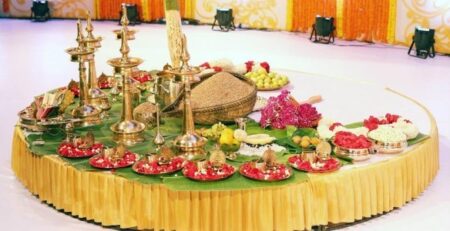
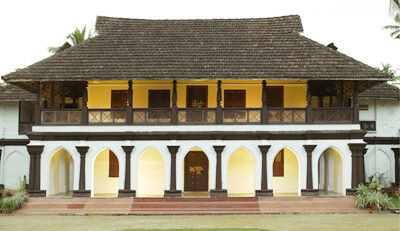

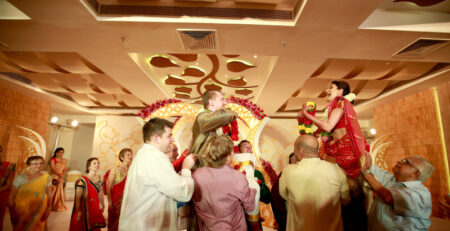

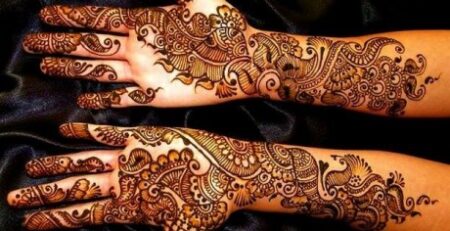
Comments (10)
This information is worth everyone’s attention. When can I find out more?
My brother suggested I might like this website. He was totally right.
This post actually made my day. You can not imagine simply how much time I had spent
for this info! Thanks!
I always emailed this blog post page to all my associates, since if like to read it then my friends will too.
Having read this I thought it was extremely informative.
I appreciate you finding the time and effort to put this
content together. I once again find myself personally spending a lot of time both reading and commenting.
But so what, it was still worth it!
Hey! This is my first visit to your blog! We are a collection of volunteers
and starting a new initiative in a community in the same
niche. Your blog provided us beneficial information to work on. You have done a outstanding job!
I think there should be a video to give a clear view…
They gave me Lemon… Why do they give lemon to the people who attend marriage.. What does this mean and what should one has to do with that lemon
Hi Bindoo,
In Earlier times lemon was given to know the total count of guest who have attended also as return gift.
People travel quite a bit for weddings in Kerala.Lemon scent has a calming effect which therefore is capable of decreasing anxiety, dizziness while travelling.
After meals you can even chew on a whole lemon slice to freshen your breath.
Drinking this after each meal can stimulate your stomach to do its job more efficiently as it stimulate the production of stomach acid
Informative yes, but I guess there crept in a ceremony that’s not a traditional Nair practice. The ‘mehandi’ is not really a Nair practice.